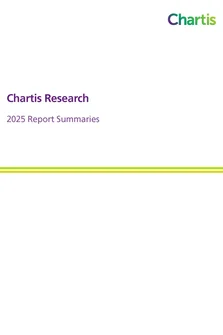<p>In January 2017, Deutsche Bank was fined $630m for failings in its anti-money-laundering (AML) controls. This was one of several recent fines in an increasingly long line of penalties imposed on financial institutions (FIs) for failing to manage their conduct risk. Put simply, conduct risk is the gap between how an FI wants its employees to behave, and how they actually do. If this gap gets too big, then the institution is not managing its conduct risk properly.</p>
<p>Unsurprisingly, global banks have been sharpening their focus on conduct risk, acknowledging the need to address it, and introducing conduct risk programs with a particular focus on the way customers are treated. In parallel, global regulators, in an attempt to realign the banks’ moral compass, continue to implement conduct risk regulations and guidelines, and impose large fines.</p>
<p>For FIs, building a comprehensive approach to managing conduct risk will be a challenge. For most, it will involve fundamental changes to the way they operate. Above all, most institutions will need to undergo a deep cultural shift, away from safeguarding the firm’s interests to protecting those of its customers. But by addressing the pain points, putting the right systems in place and nurturing the right attitudes, FIs can start to tackle conduct risk effectively.</p>
<p>This report, an update to Chartis’s previous conduct risk management reports, analyzes the industry’s focus on conduct risk, and the steps FIs are taking – and should take – to implement effective conduct risk management frameworks.</p>
Only users who have a paid subscription or are part of a corporate subscription are able to print or copy content.
To access these options, along with all other subscription benefits, please contact info@chartis-research.com or view our subscription options here: https://www.chartis-research.com/static/become-a-member
You are currently unable to print this content. Please contact info@chartis-research.com to find out more.
You are currently unable to copy this content. Please contact info@chartis-research.com to find out more.
Copyright Infopro Digital Limited. All rights reserved.
As outlined in our terms and conditions, https://www.infopro-digital.com/terms-and-conditions/subscriptions/ (point 2.4), printing is limited to a single copy.
If you would like to purchase additional rights please email info@chartis-research.com
Copyright Infopro Digital Limited. All rights reserved.
You may share this content using our article tools. As outlined in our terms and conditions, https://www.infopro-digital.com/terms-and-conditions/subscriptions/ (clause 2.4), an Authorised User may only make one copy of the materials for their own personal use. You must also comply with the restrictions in clause 2.5.
If you would like to purchase additional rights please email info@chartis-research.com


